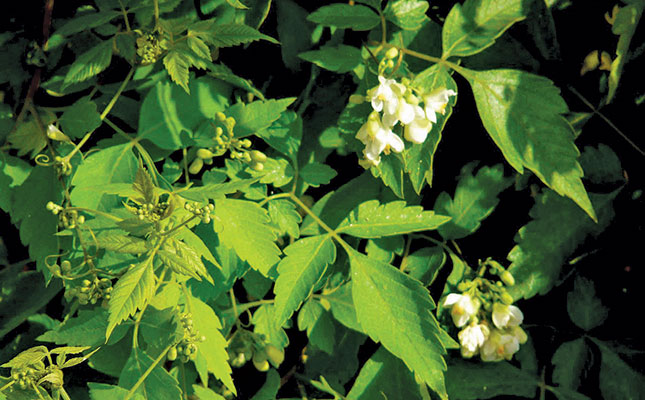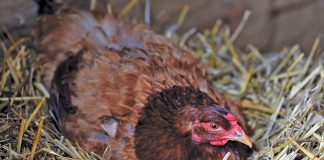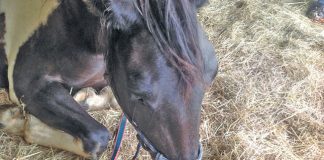
Photo: Bernd Sauerwein
Every year, invasive plants rob South Africa of an estimated 1,44 billion cubic metres of water.
According to Henko Vlok of the Sustainability Initiative of South Africa, this is enough for 3,38 million households of four inhabitants each for a year, or to irrigate 120 000ha of cropland.
With South Africa a water-scarce country, controlling of invasive alien plants (IAPs) is key to protecting our water resources.
IAPs are exotic, non-indigenous or non-native to an ecosystem. Due to resistance to local control factors and a lack of natural enemies, these plants tend to spread aggressively.
The Alien and Invasive Species Regulations of the National Environmental Management: Biodiversity Act 10 of 2004 (NEMBA) divides invasive plant species into four categories:
- Category 1a
IAPs that may not be owned, imported into South Africa, grown, moved, sold, given as a gift or dumped in a waterway. Species in this category have to be controlled on a property, and Department of Environmental Affairs officials must be allowed access to monitor or assist with control. - Category 1b
Major invaders that may need government assistance to remove. - Category 2
Invasive species that can remain in a garden only with a permit. - Category 3
IAPs that can remain in a garden without a permit. However, they cannot be propagated or sold. In riparian zones or wetlands, all Category 3 plants become Category 1b plants.
Some species to look out for:
Bailey’s wattle (Acacia baileyana)
An evergreen tree reaching 3m to 6m in height and with small branches covered in
greyish or silvery-blue foliage. Bright yellow flowers bloom from July to September. Fruits are greyish-brown pods about 100mm long.
Bailey’s wattle competes with indigenous species in forested areas and along river banks, and has the potential to replace these species.
- Invasive status: NEMBA Category 3. A problem in the Western Cape, Eastern Cape, KwaZulu-Natal (KZN), Free State, Mpumalanga and Gauteng.
Balloon vine (Cardiospermum grandiflorum [Sapindaceae])
A perennial, slightly woody climber with tendrils reaching 5m and higher. The balloon vine drapes itself over trees, smothering indigenous species. The stems are usually covered with bristly hairs. The bright green leaves are strongly serrated and sometimes hairy.
- Invasive status: NEMBA Category 1b. A problem in KZN, Gauteng, Mpumalanga and Limpopo.











